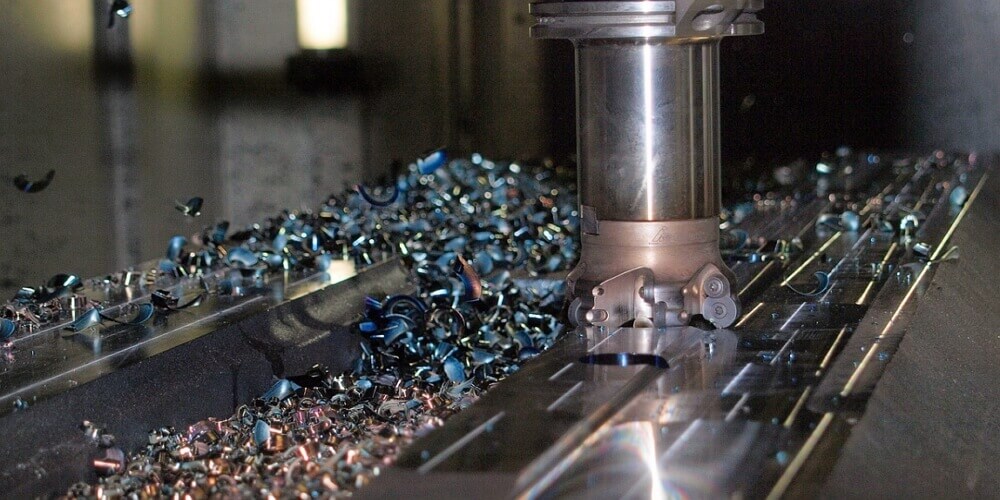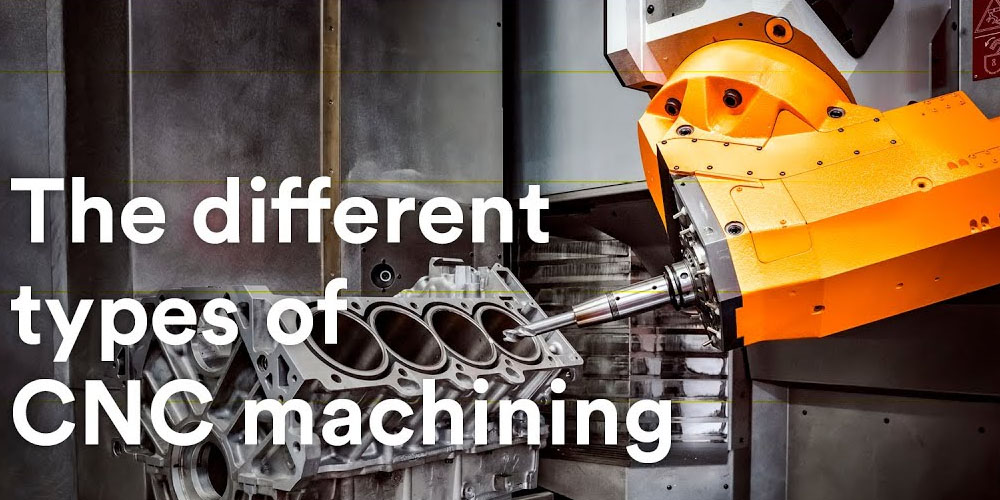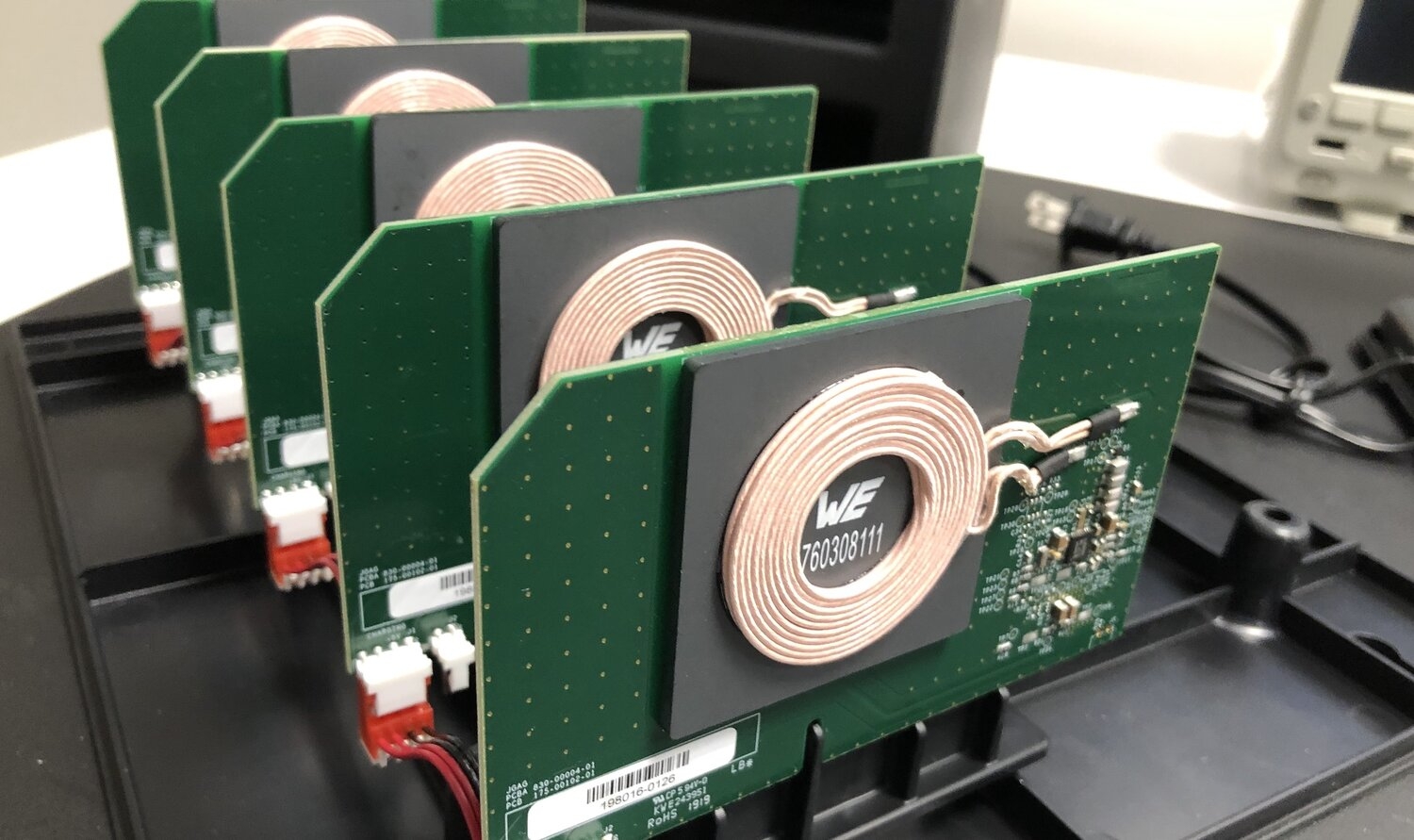CNC machining is an important process in the manufacturing sector. It is precise, reliable, cost-friendly, and produces parts within a short period. Due to such reasons, the number of people seeking CNC machining services has increased over the years. Manufacturers have also expanded to satisfy the demand, one of the major ones being CNC machining China. In this extract, we discuss things to note before ordering from a CNC machining company.
Factors to Consider When Ordering from a CNC manufacturing company
The buying process may be like that of any other company that manufactures goods. However, there are ordering terms specific to the company while others are general for all suppliers. We look at the common factors, mainly if the CNC machining company is based abroad.
1. Availability of the NDA
It is applicable for both local or overseas companies. NDA or Non-Disclosure Agreement is vital in manufacturing, especially when new or custom designs are involved. The purpose of outsourcing CNC machining services is to better your business or find a niche in the market. Therefore, when you request specific designs to be created, they should be used on your parts only to avoid flooding the market. The NDA prevents the manufacturer from using or disclosing your designs to other customers. Ensure you sign the agreement before making any order to the machining company.
2. Ease of Communication
For local companies, the language used is most likely similar to yours, but a language barrier may be there in other regions. Most manufacturers and staff can communicate in English, but some cannot. This may cause communication issues, making it difficult to agree on the parts, prices, manufacturing period, etc.
Fortunately for some companies, possible translation is there. However, if none is available, it is advisable to send a digital drawing to the company to ease the process. Alternatively, you can find someone who understands the company’s language to help you order products.
3. Consider the currency used
The use of different currencies worldwide has influenced the payment process for most suppliers. Some accept various currencies; others take the US dollar, while others choose to be paid in their home currency. Find out how your preferred company accepts payments and if any currency conversion is required. Also, identifying the money earlier allows you to factor in extra costs such as those incurred when sending an international wire transfer.
4. Mode of delivery
This mainly applies to companies based abroad. The type of parts influences the mode of delivery which in turn affects the shipping time. Small and light parts can be transported by air, and the parts delivered to you within a few days. Heavier machining parts are best carried by ship and can take a month or more before delivery. The shipping time is essential, especially if you are on a time crunch or a customer is waiting for the goods on your end. Discuss this with the company to know if they can meet your need or not.
Conclusion
Considering the tips above is necessary not only for order but also for a successful machining process. Good communication ensures the manufacturer understands what you need in detail and proper cost negotiations are done. Sign an NDA to protect your property, confirm the payment currency and shipping time. If a specific company doesn’t satisfy your needs based on the aspects above, look for a better one.



